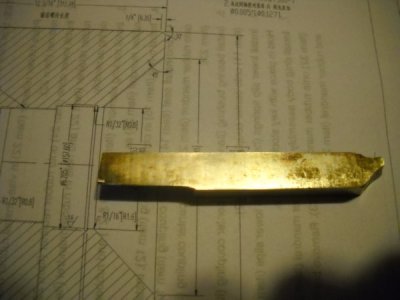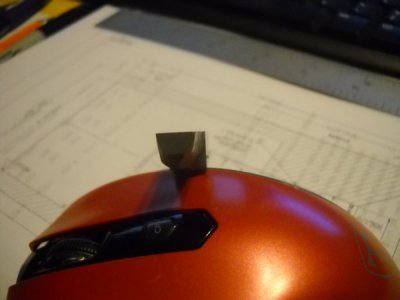- Joined
- Mar 22, 2014
- Messages
- 847
My really basic dumb question of the day.... I need to make a 1" diameter blind bore on the center of a 4.5 inch diameter round of 6061T6. The bore needs to be 0.750" deep and flat at the bottom. I have the work piece mounted and centered in a 4-jaw chuck on my lathe.
What are my options? Should I start by drilling a 3/4 inch hole, maybe 5/8 inch deep and finish with a boring bar? Do I even need to use a drill - could I start and finish the hole with a boring bar? Is there a better way?
What are my options? Should I start by drilling a 3/4 inch hole, maybe 5/8 inch deep and finish with a boring bar? Do I even need to use a drill - could I start and finish the hole with a boring bar? Is there a better way?



